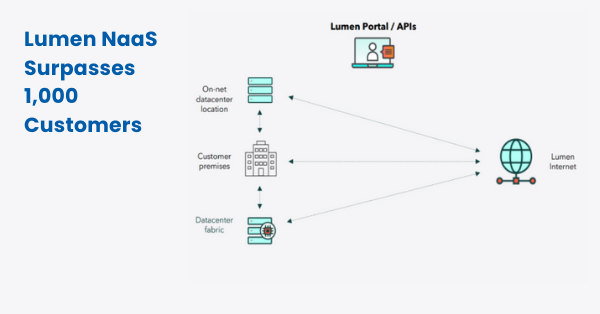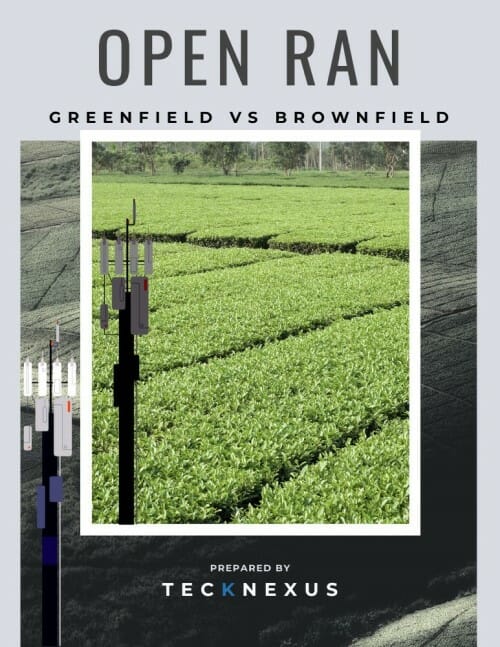Spanish airport management firm Aena and telecommunications infrastructure and services operator Cellnex Telecom have hit a milestone in aviation history by launching the first private network powered by 5G technology in Spanish airports. San Sebastian Airport was chosen as the pilot site for this project, making it one of the frontrunners in the European airport landscape to utilize 5G technology.
The alliance between Aena and Cellnex led to the successful installation and deployment of the 5G network at San Sebastian airport. Cellnex has partnered with Nokia for the 5G network, while Inetum provided and operated the associated drones. The 5G network allows for the development of use cases, especially those related to drone operations for security and advanced monitoring, and the secure acquisition, collection, and processing of environmental data through the Cellnex SmartBrain Platform.
The 5G technology, commonly referred to as the fifth generation of mobile communications, brings forth a variety of advantages, including high-speed data transmission, low latency, the capacity to manage a high density of connected devices, and, particularly, high availability and reliability. This makes it a revolutionary addition to airports, laying the groundwork for future airport development and serving as the foundation for a plethora of new applications and functionalities to provide more efficient and sustainable service.
Aena has identified 5G as one of the pivotal technologies for its digital transformation process. Despite connectivity being a reality in airports for several years, the shift to 5G will offer the potential to develop new applications, particularly in vital fields such as security and operations. The advent of 5G will promote the Internet of Things (IoT) and help implement Big Data, virtual and augmented reality, and artificial intelligence in airport operations.
Pablo Lopez Loeches, Head of Ideation & Entrepreneurship at Aena, underscored the significance of having a private 5G network at their airports. He stated that this allows Aena to test airport-specific use cases requiring high capacity, low latency, and high device density, offering a new connectivity layer that provides the airport community with a highly reliable and readily available data transmission service.
Miquel Mir, the Enterprise Sales Manager at Cellnex Spain, emphasized the significance of telecommunications infrastructures and advancements like 5G in enhancing operations in intricate environments such as airports, where both security and operational efficiency take precedence, even beyond providing connectivity for passengers. He expressed satisfaction with partnering with Aena in this trailblazing pilot project, which he believes will pave the way for future rollouts of similar networks and their various applications in Spanish airports. Furthermore, he appreciates the opportunity to showcase Cellnex’s proficiency as a neutral telecommunications infrastructure provider and their expertise in facilitating the rollout of crucial networks.
Concurrently, the deployment of 5G technology will foster the sustainable management of airport activity, aligning it with local nature conservation and environmental management initiatives. This demonstration of combining tech innovation with environmental stewardship reflects the future trajectory of airport management.
Aena’s strategy aligns with their reputation as the number one airport manager in terms of passenger numbers, with more than 243 million passengers passing through Spanish airports in 2022. Aena’s airports are among the most modern and functional globally, equipped with cutting-edge technologies. Aena remains a responsible company, recognizing its role as an economic driver in the areas of airport influence and maintaining a consistent commitment to development and sustainability.
Cellnex, on the other hand, stands as an independent wireless telecommunications and broadcasting infrastructures operator that provides access to Europe’s most extensive network of advanced telecommunications infrastructures. Cellnex’s engagement in this project illustrates its expertise in assisting the deployment of critical networks.
The project signifies a milestone in digital transformation and aviation history, pointing to a future where 5G will be an integral part of airport operations. It exhibits a promising example for other airports across the globe, encouraging them to integrate 5G technology into their digital transformation strategies.































